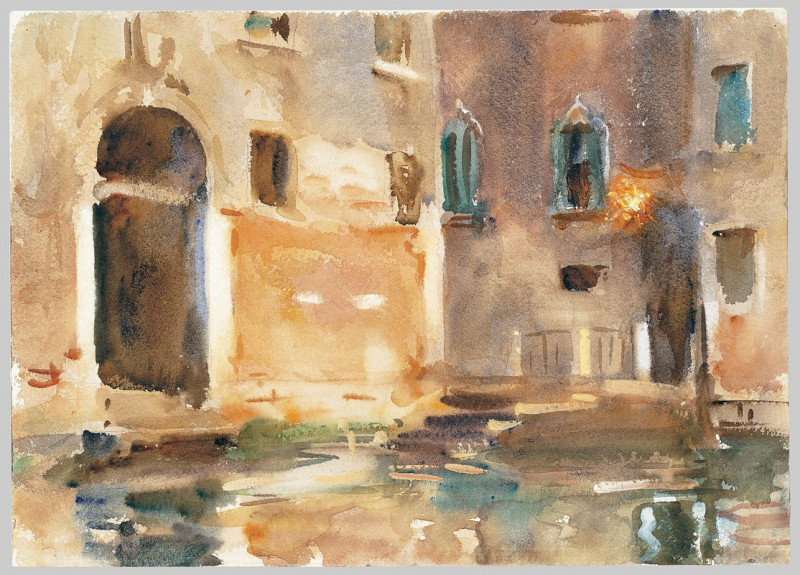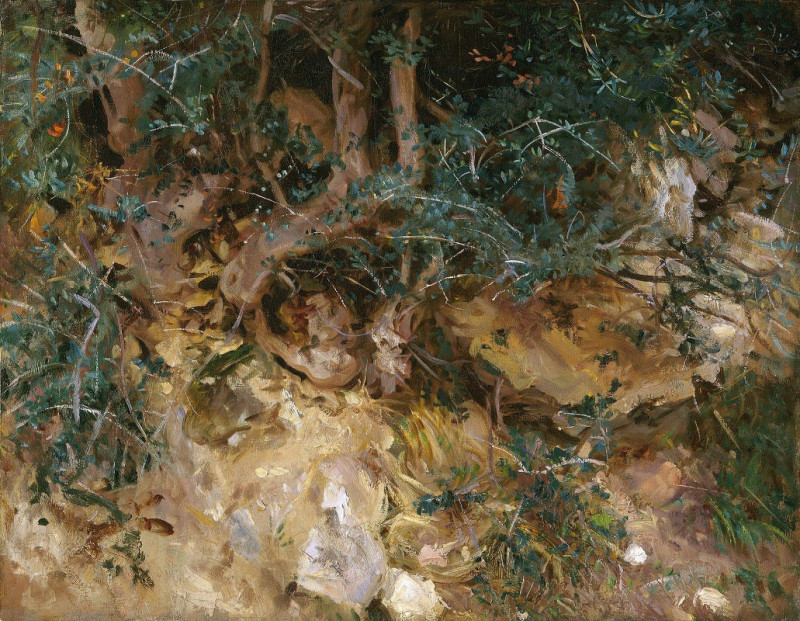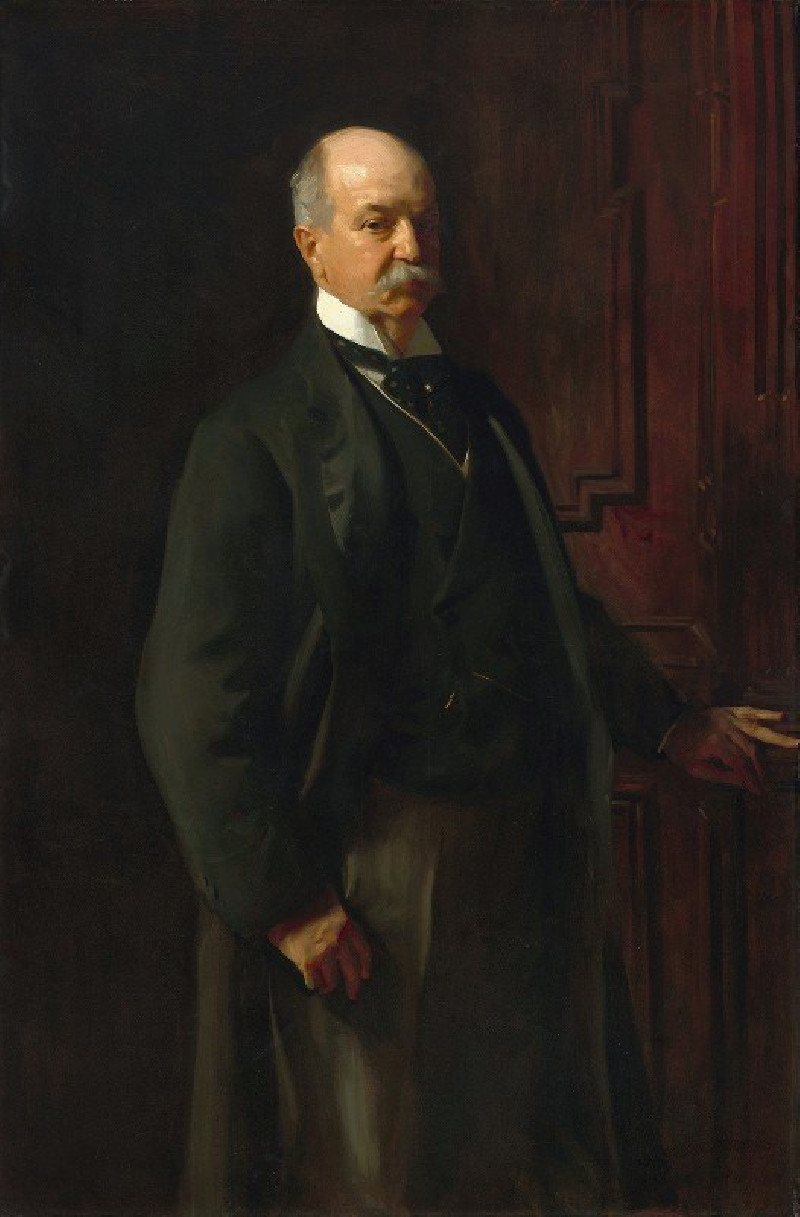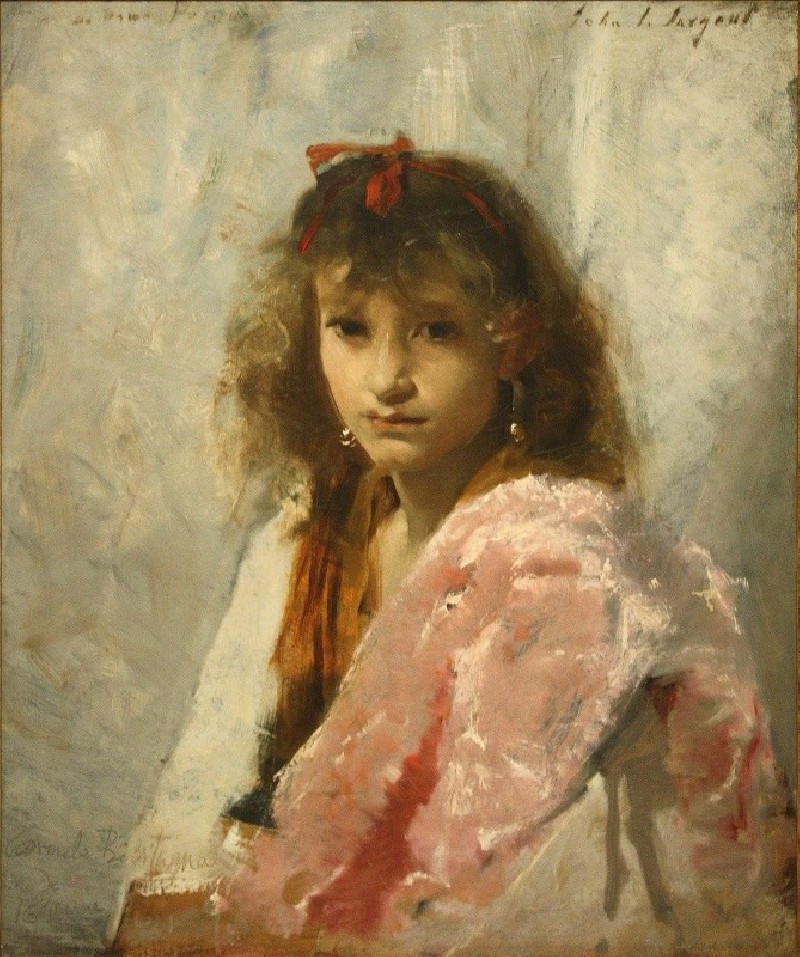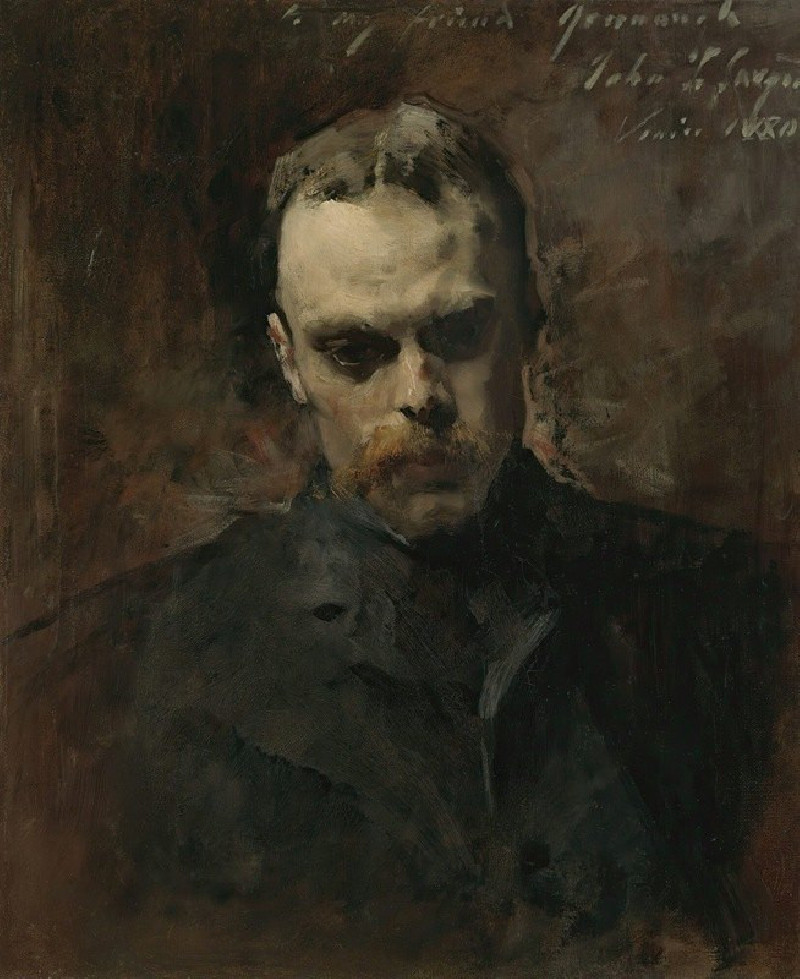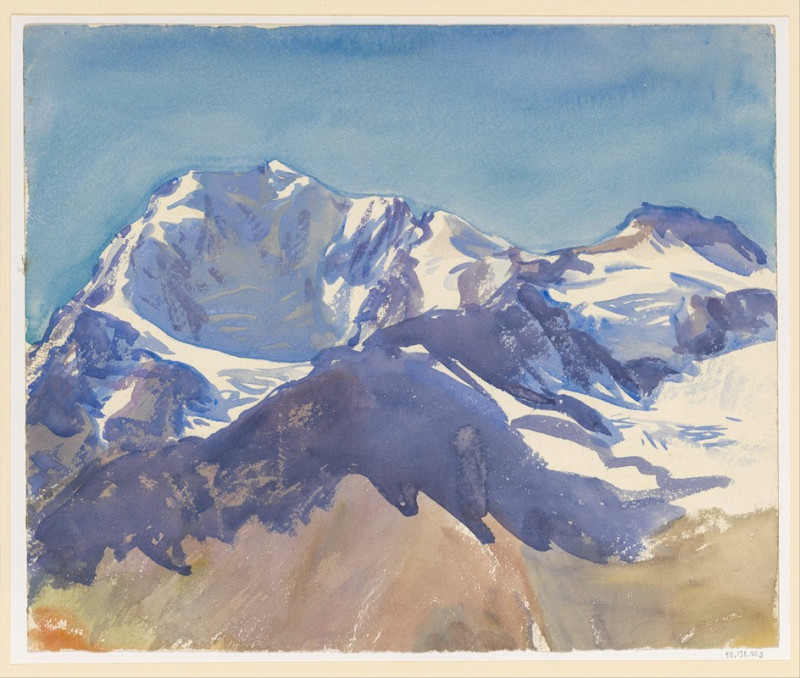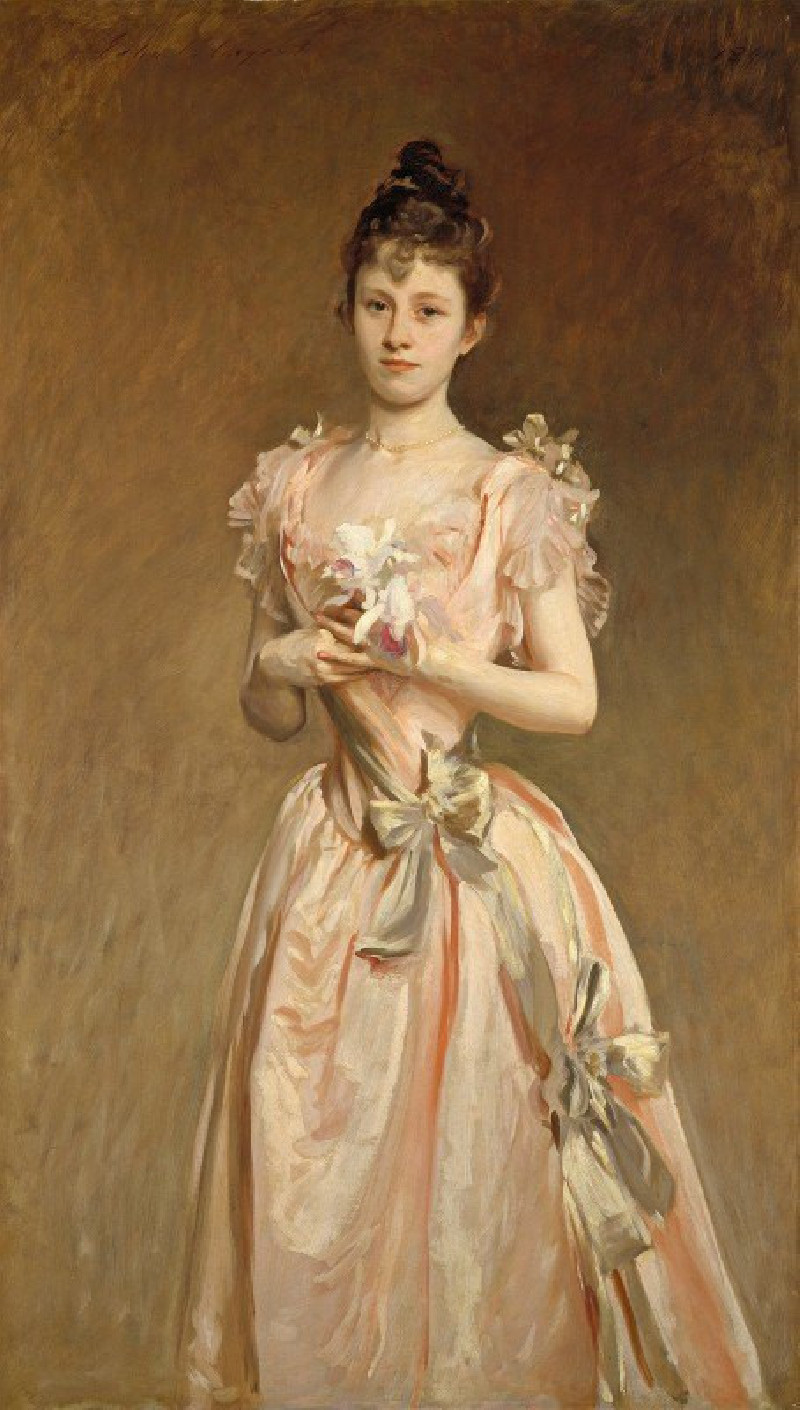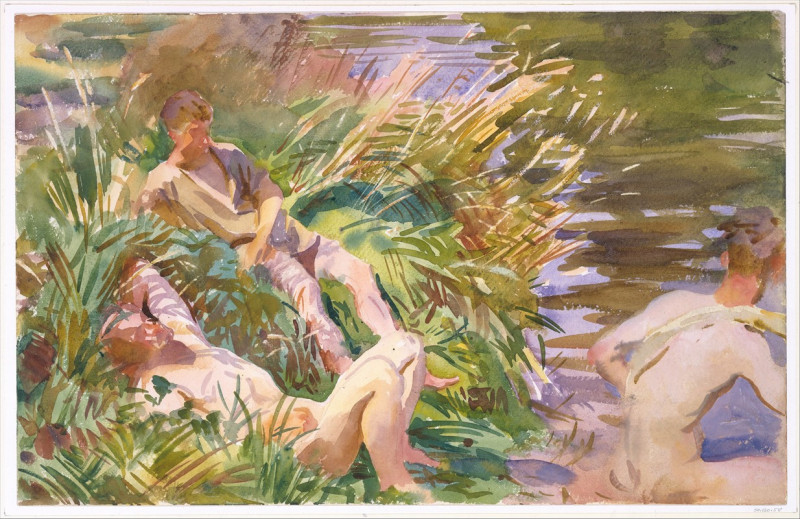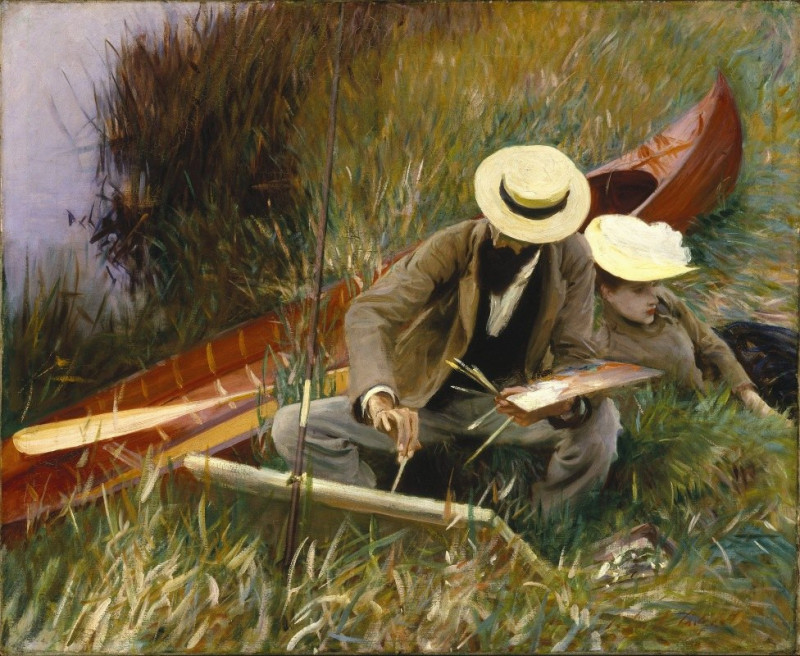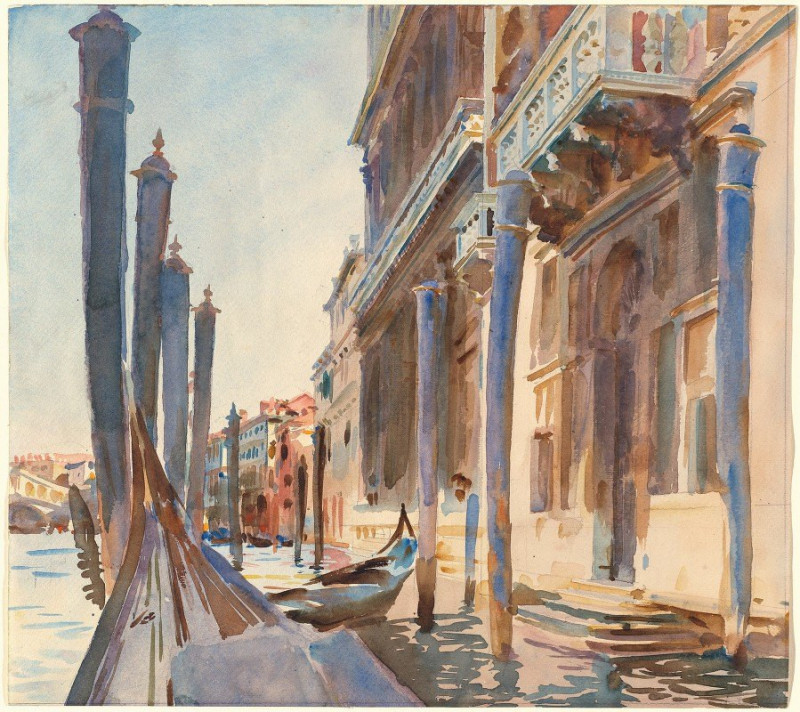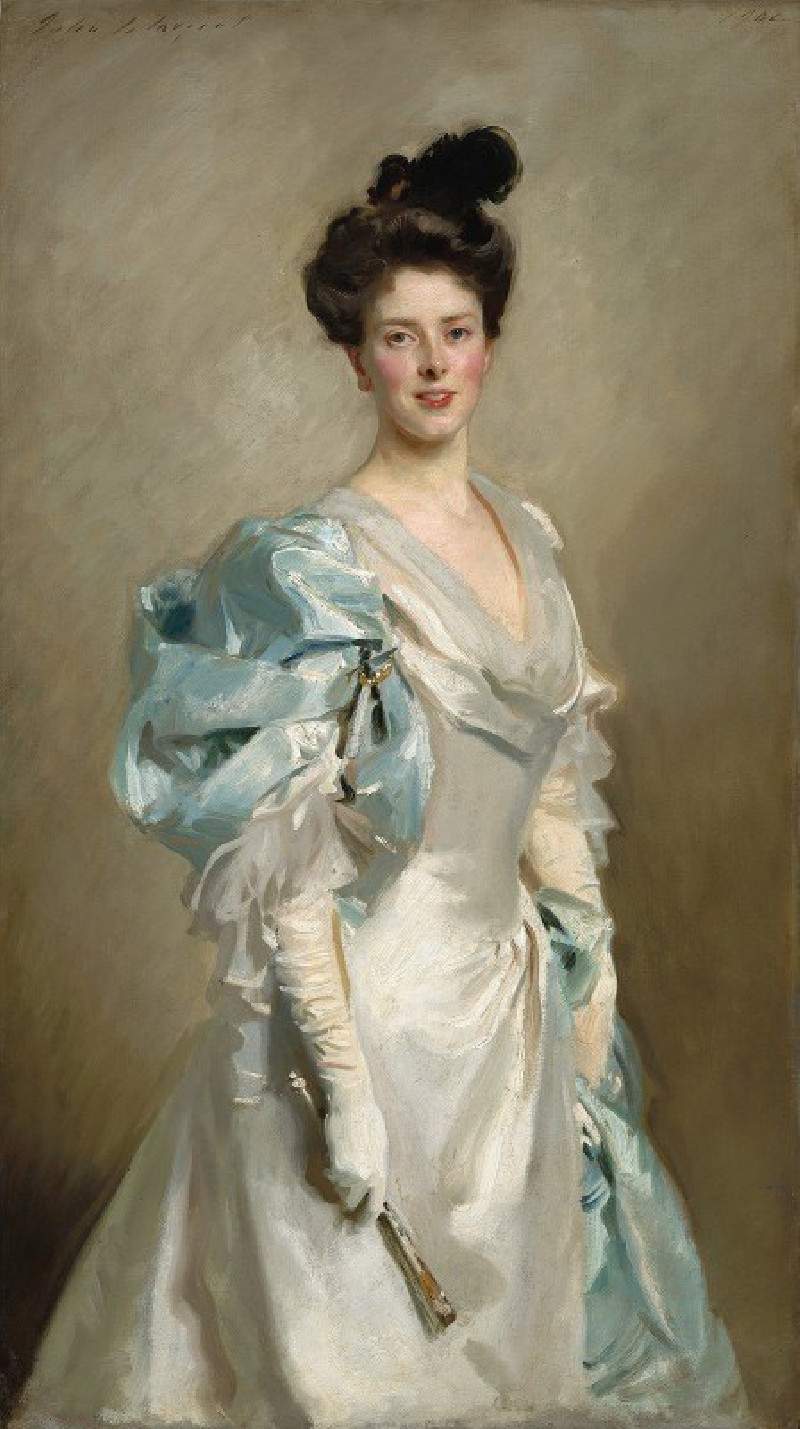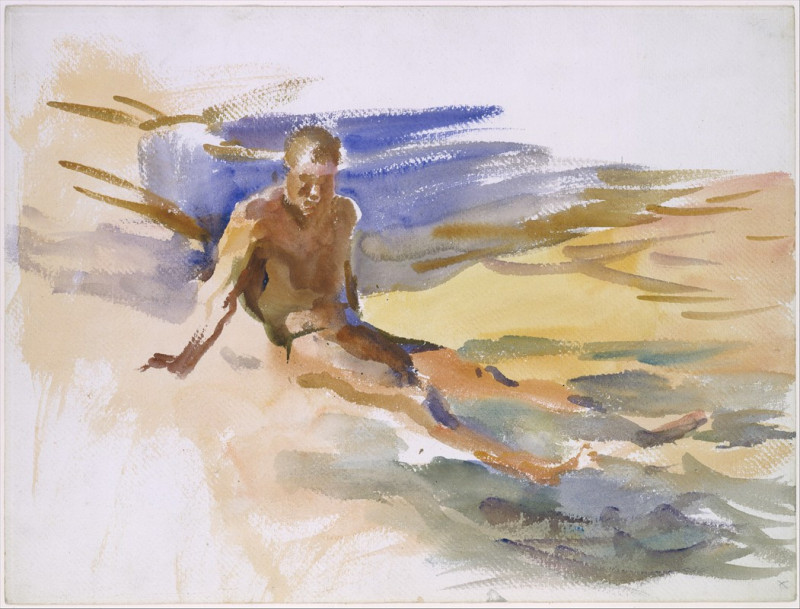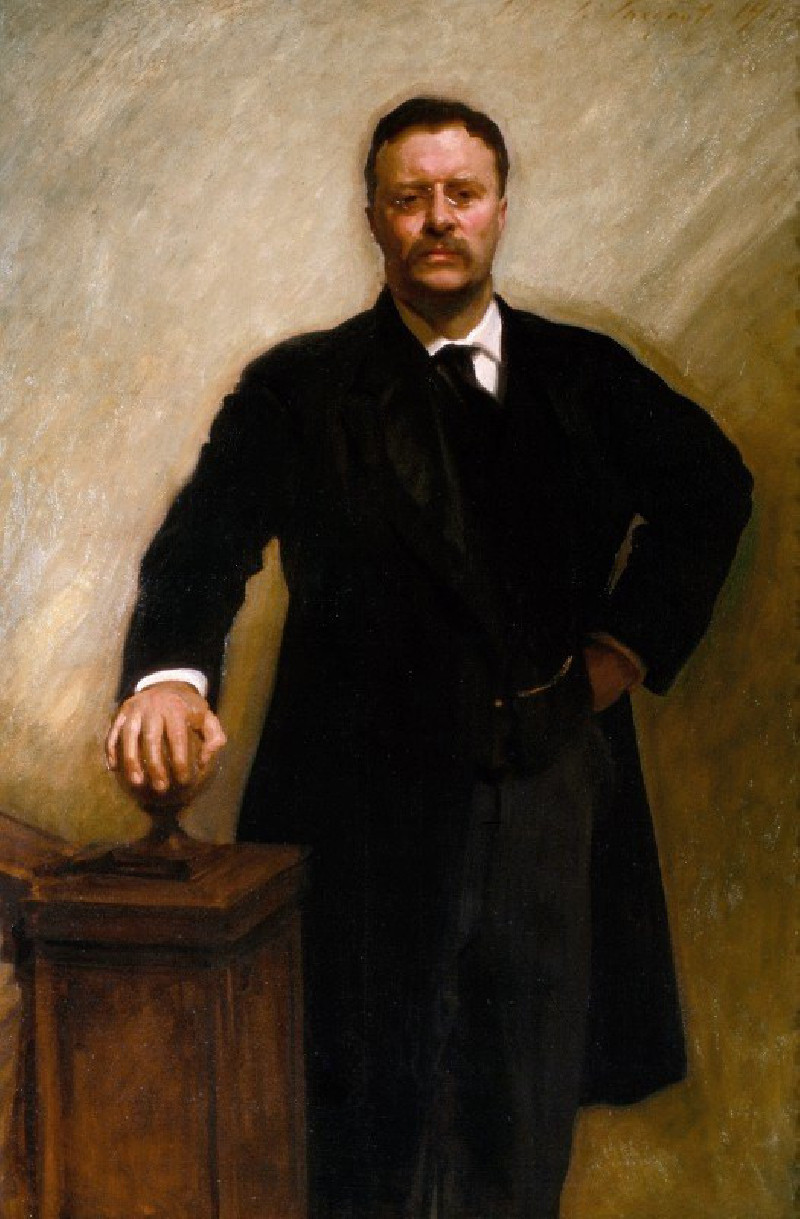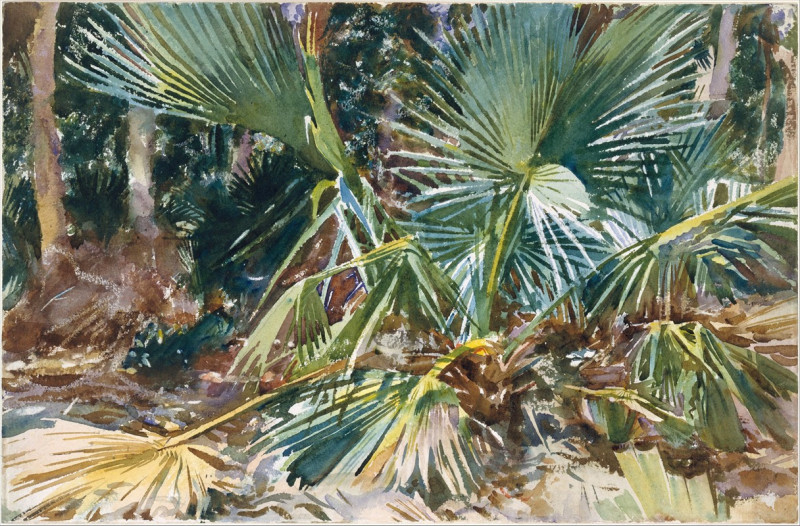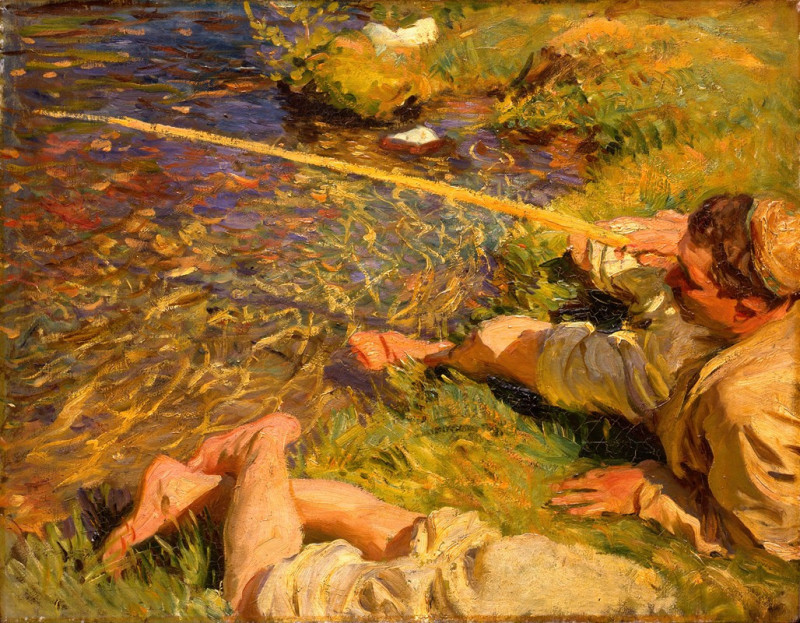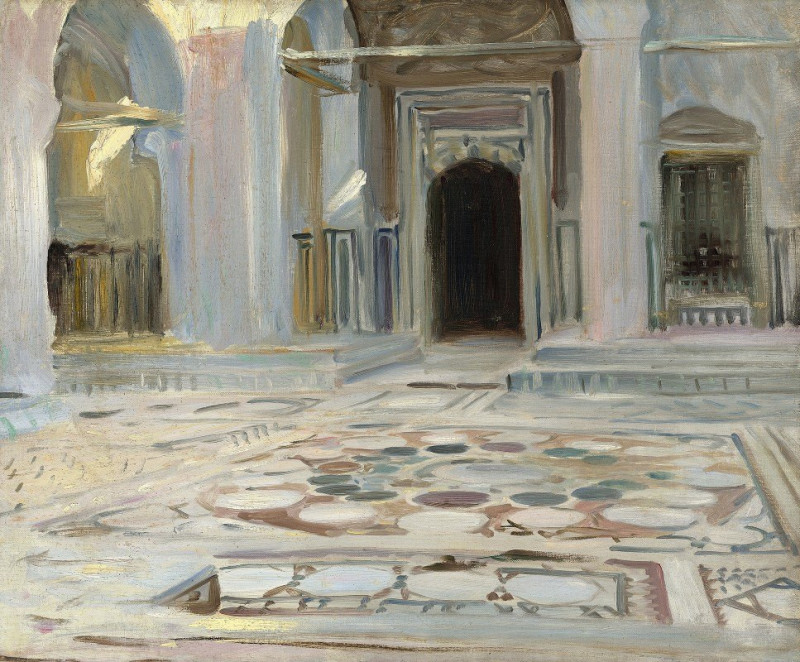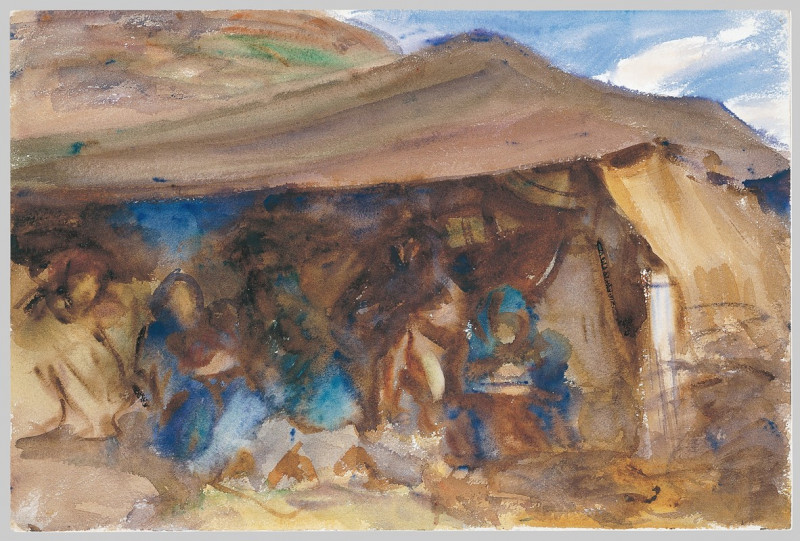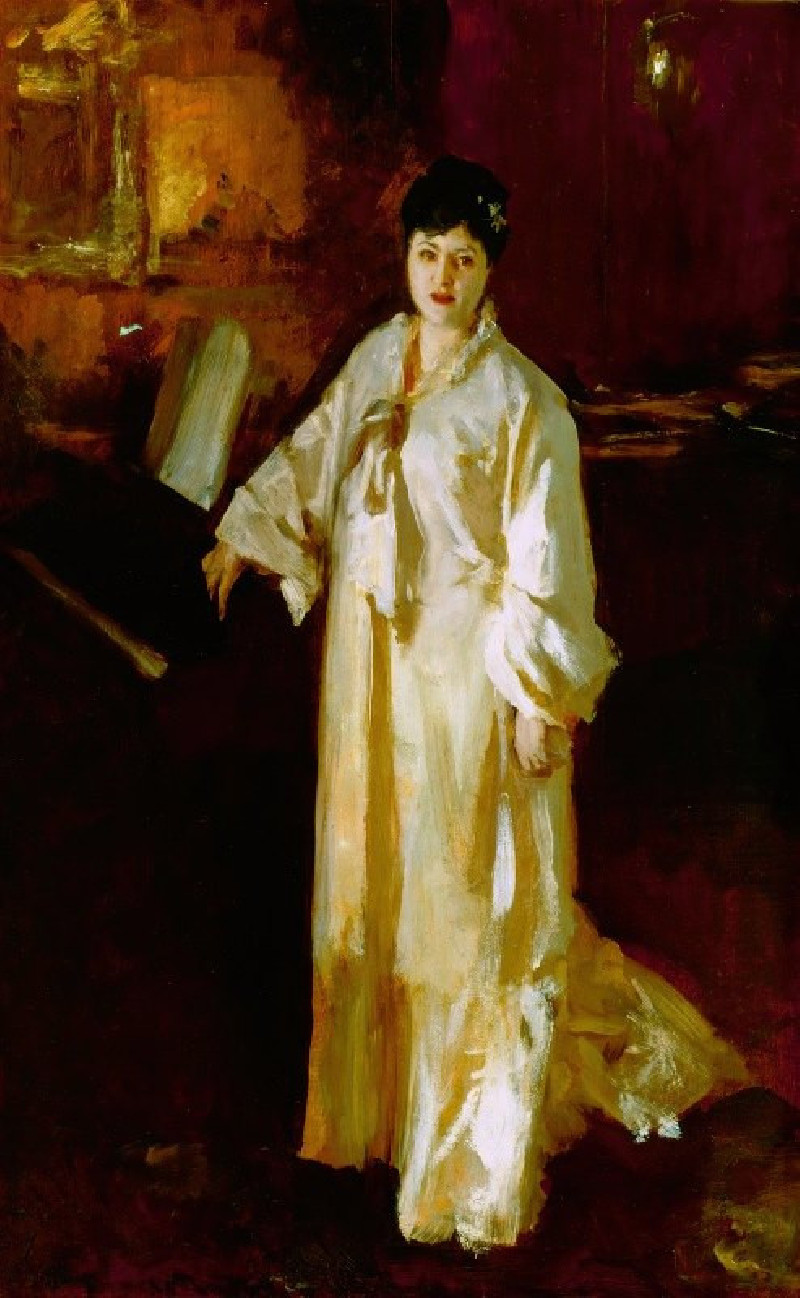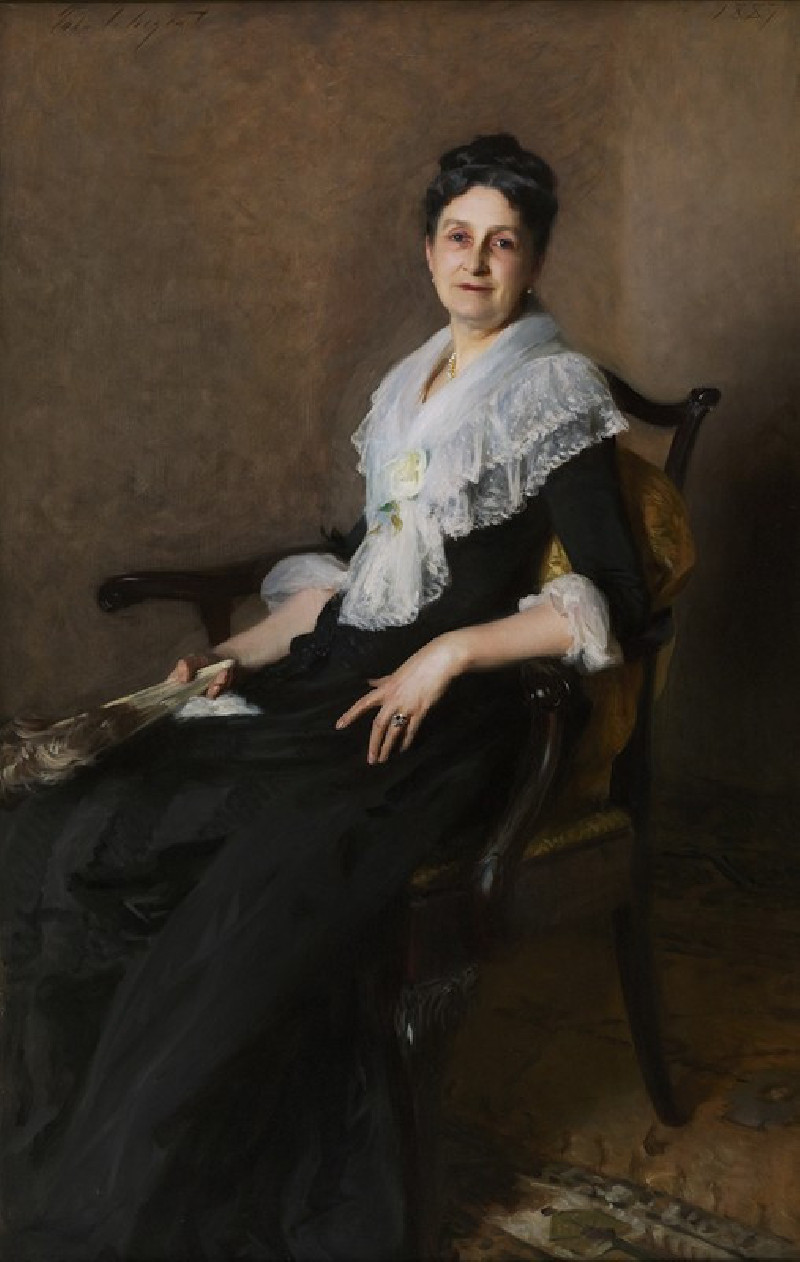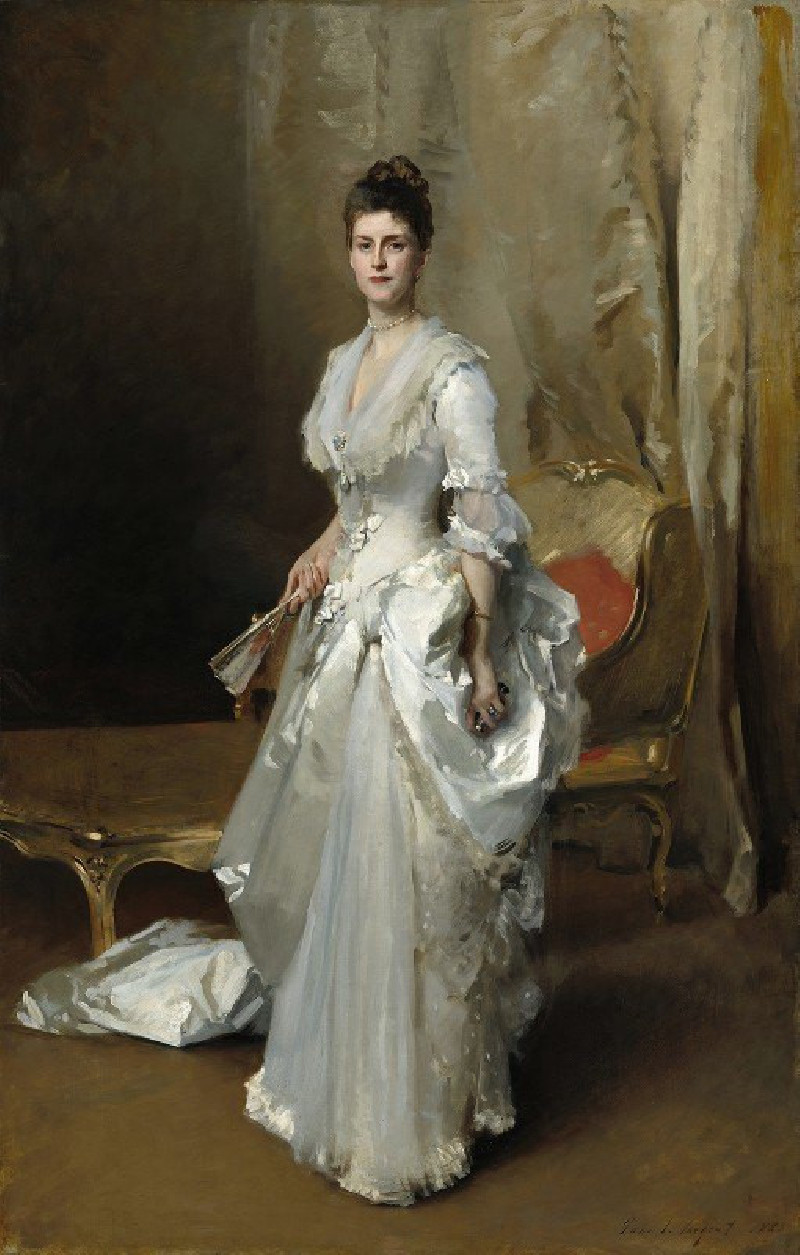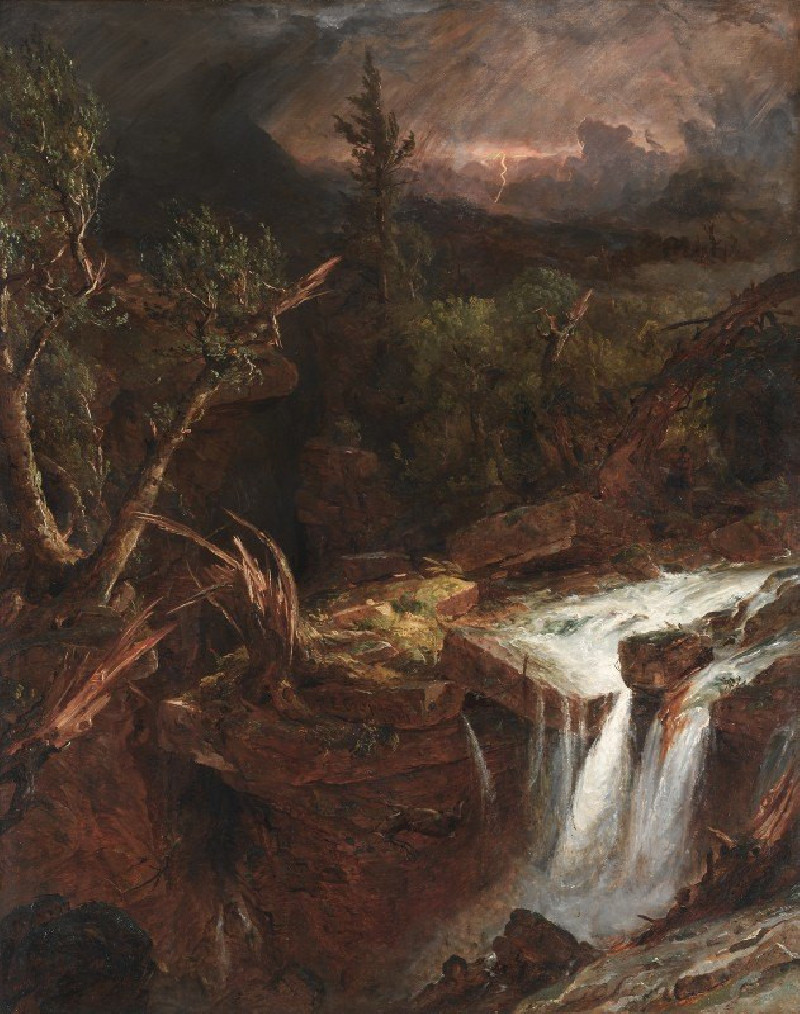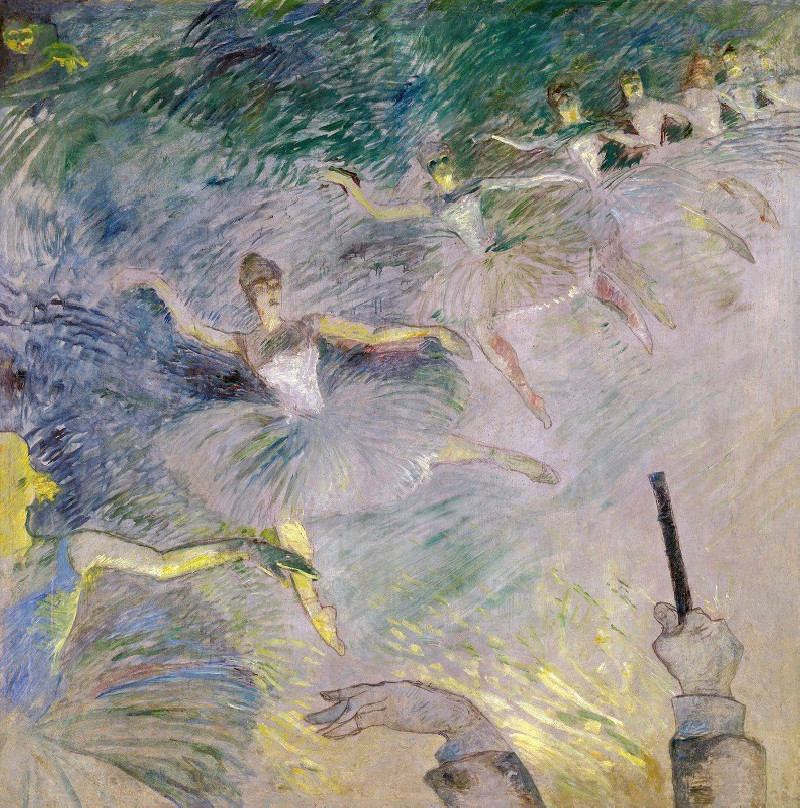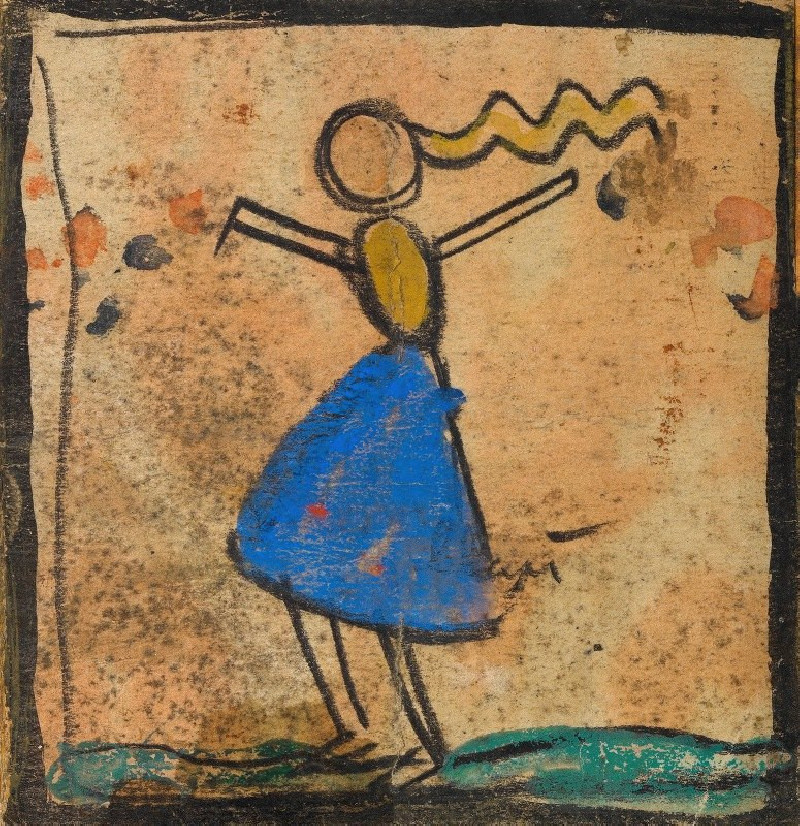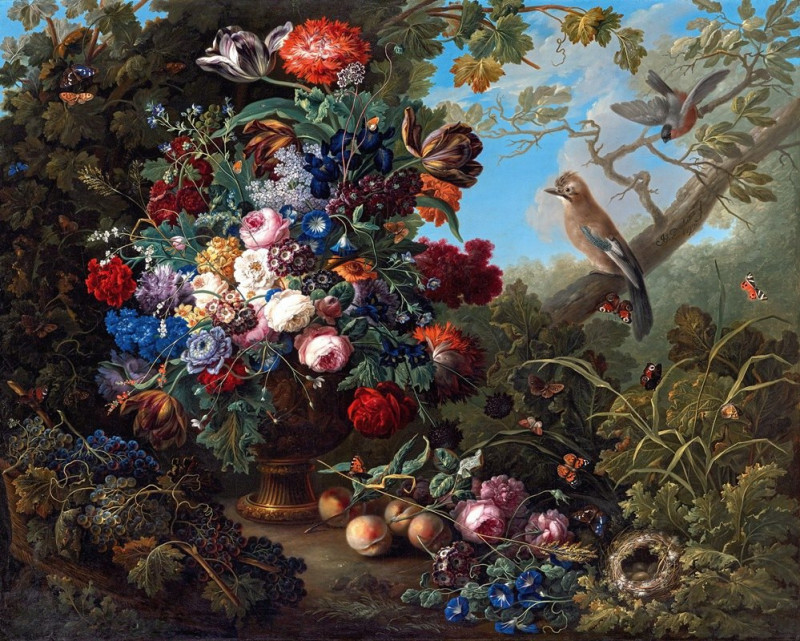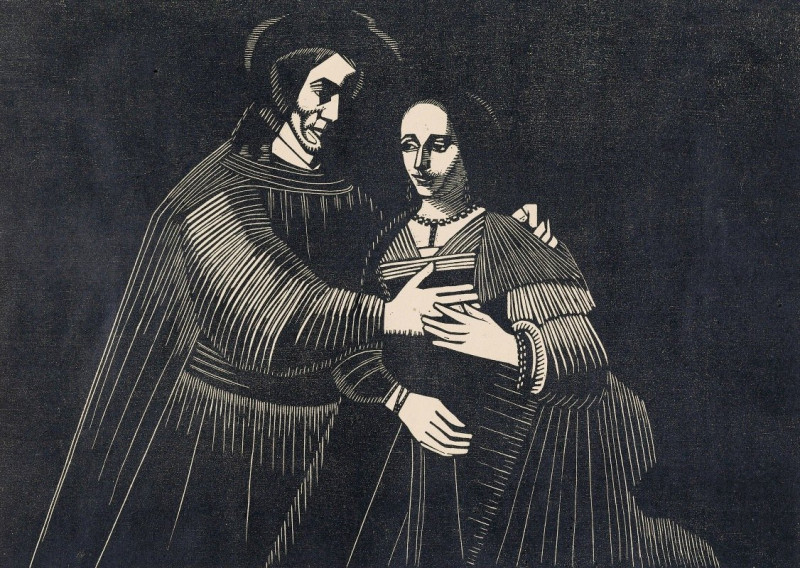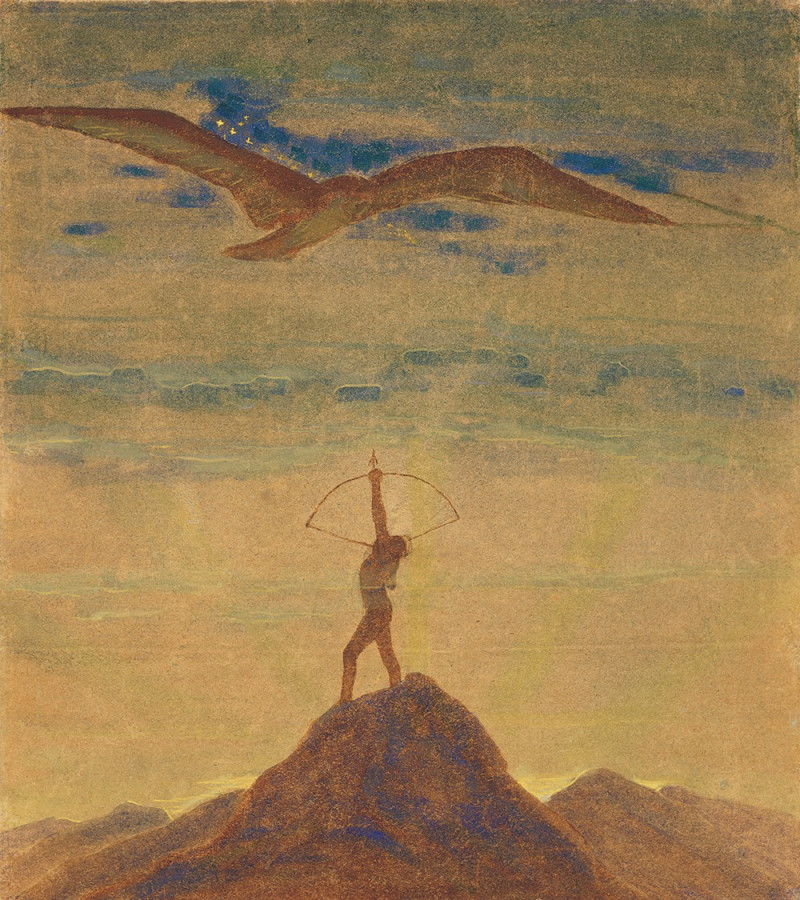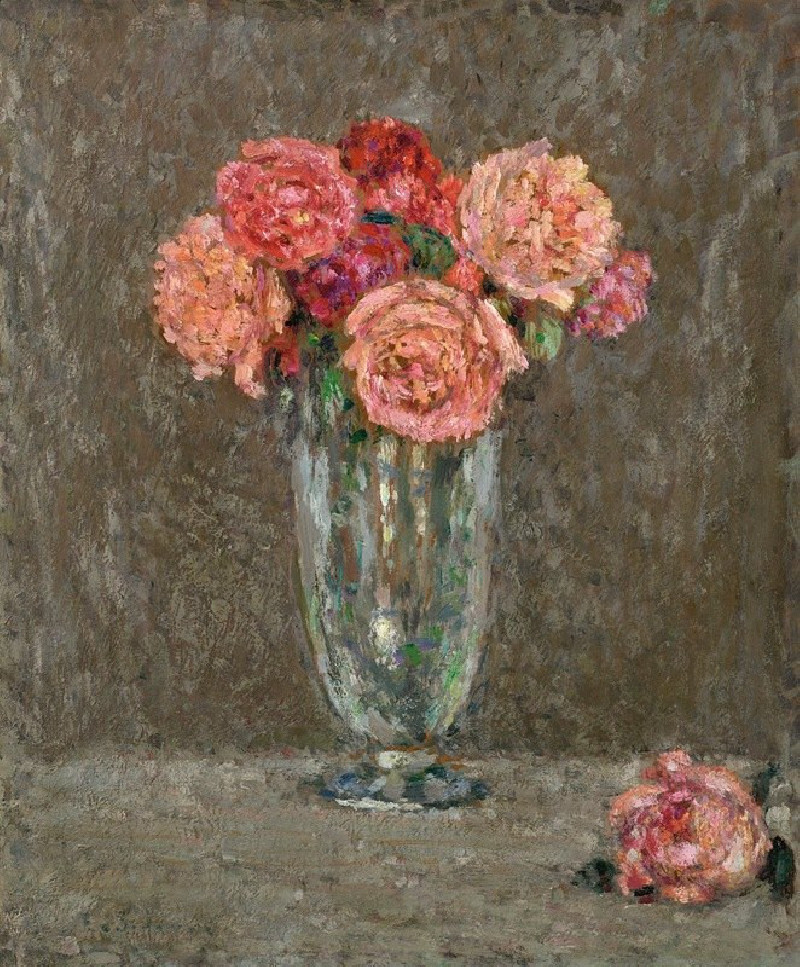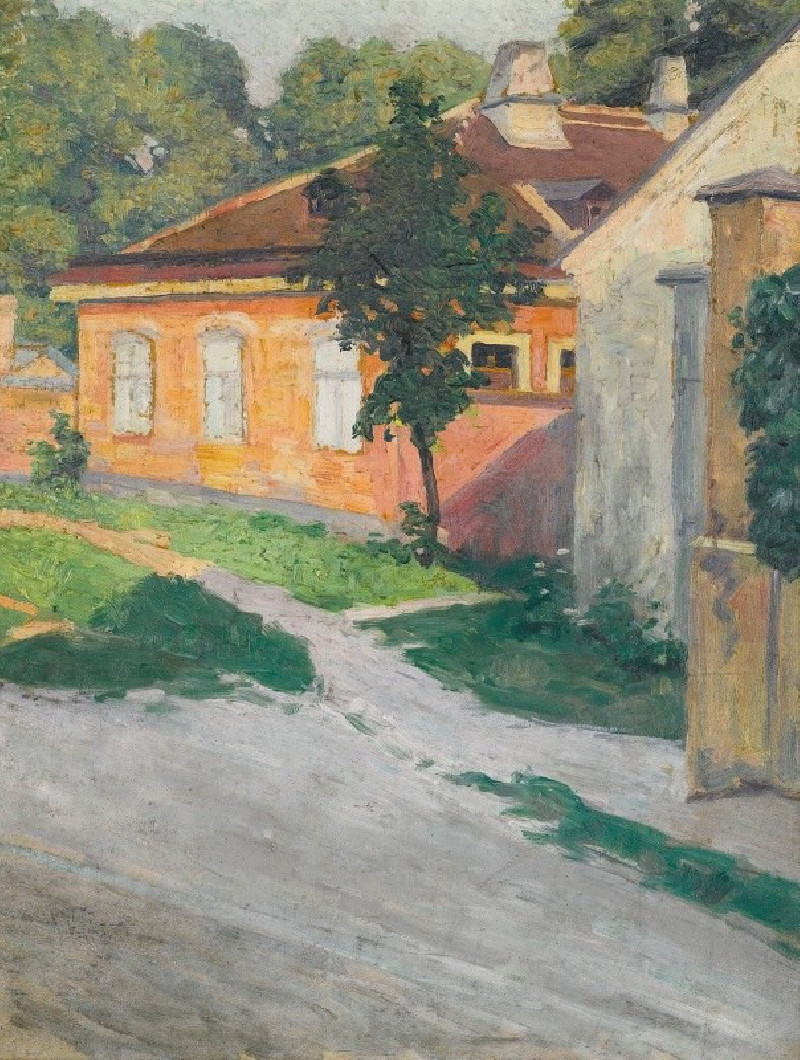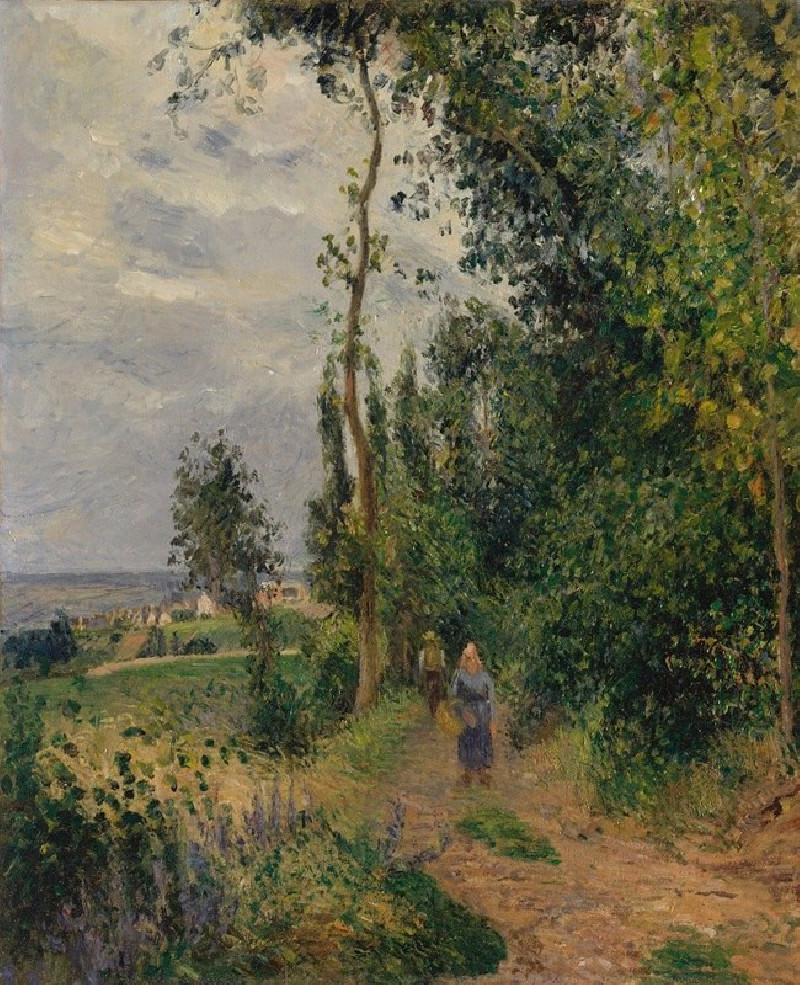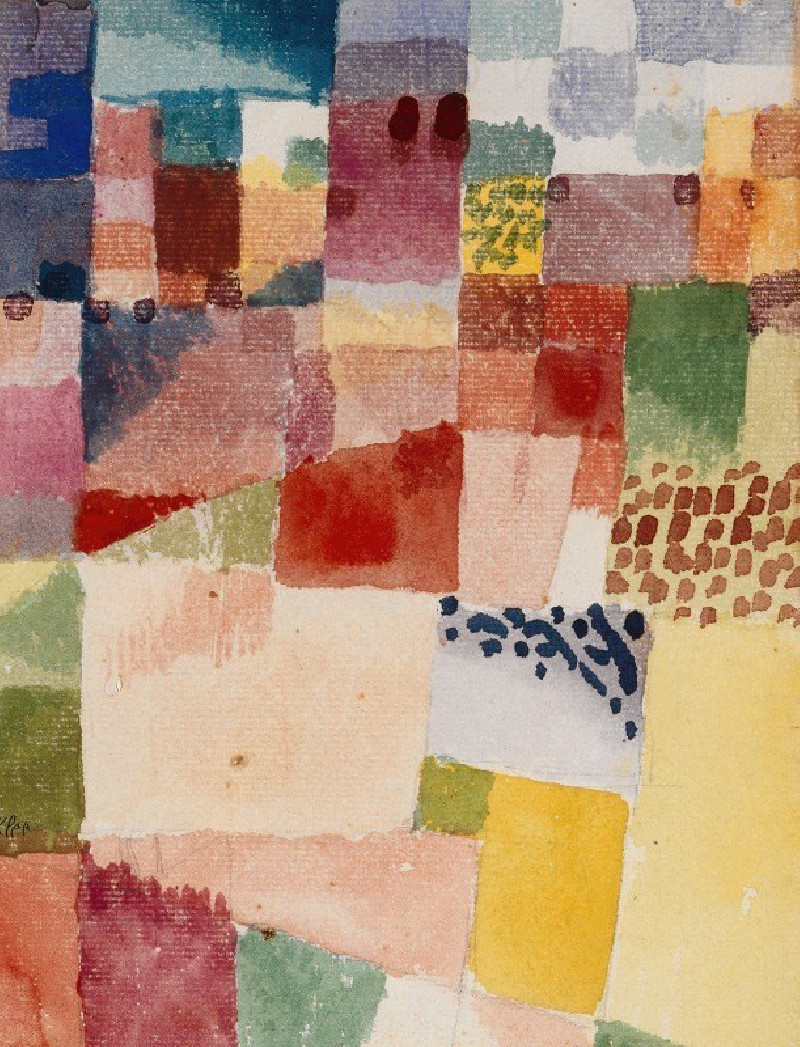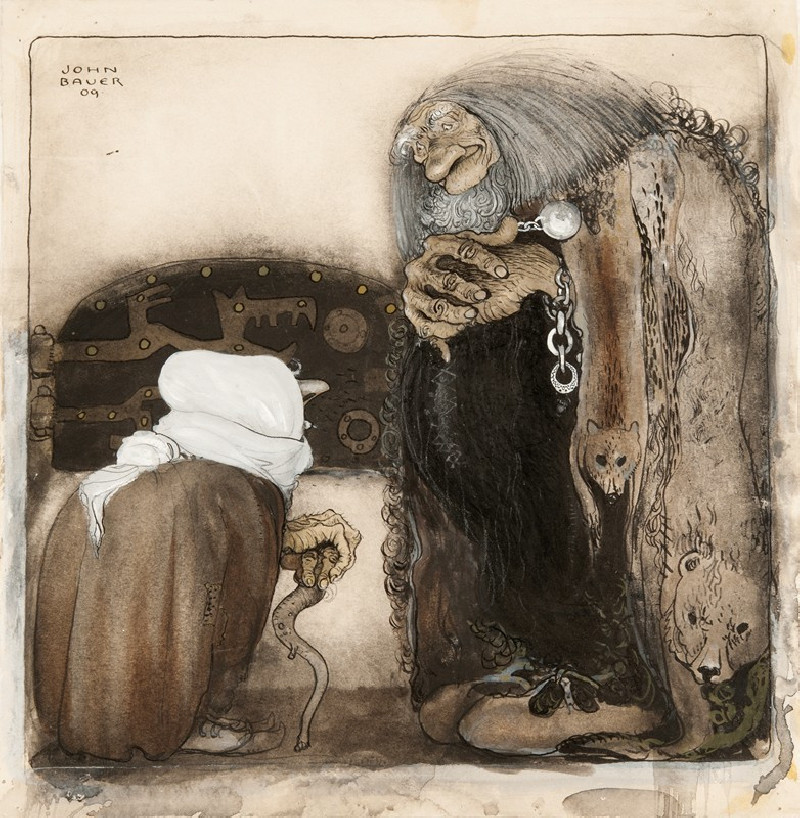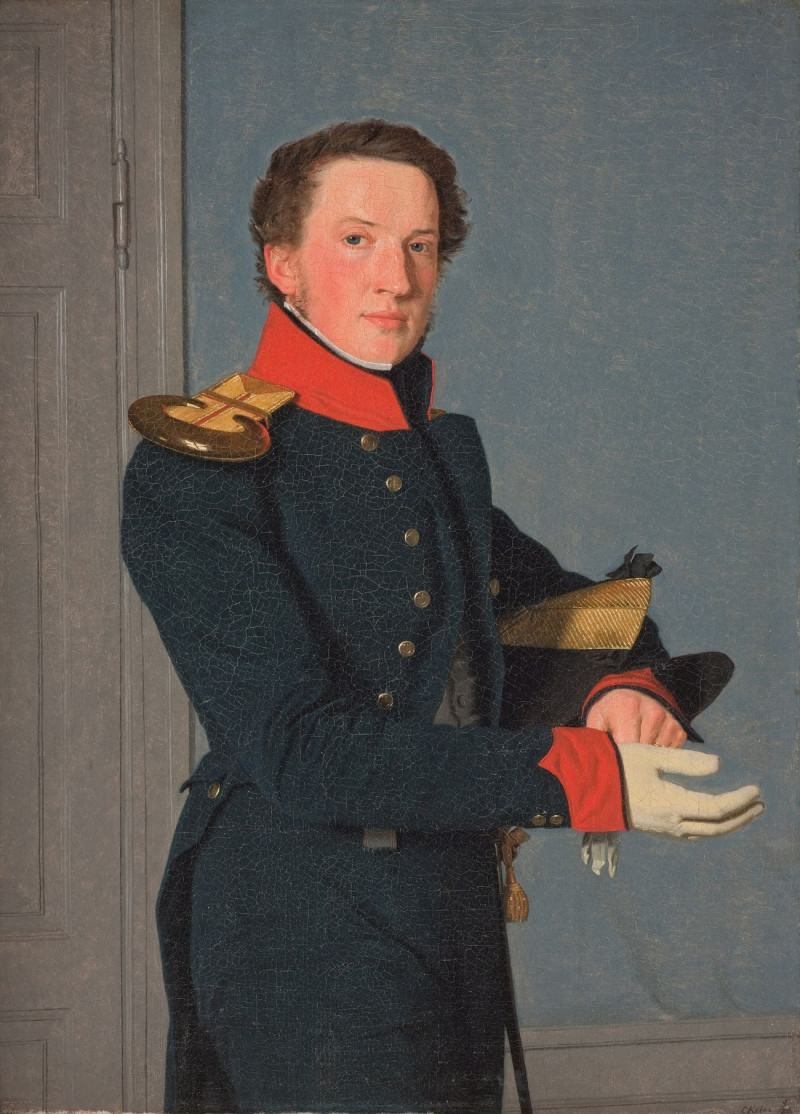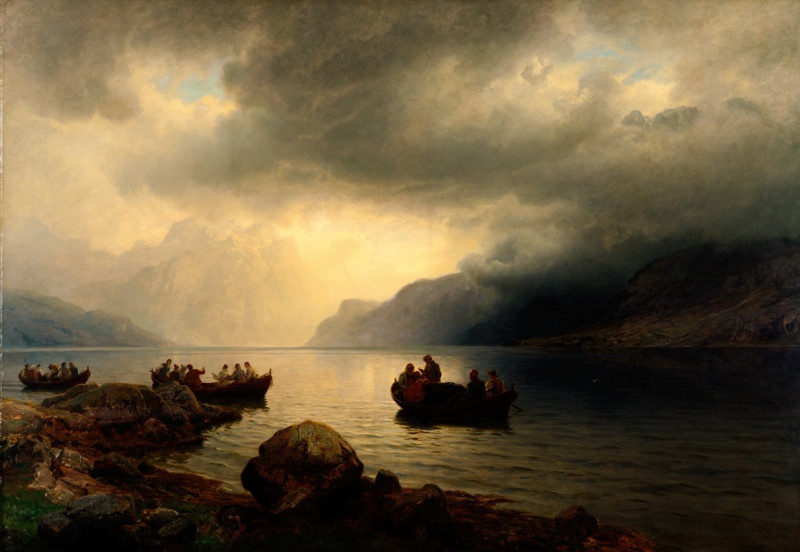Venice (circa 1903)
Technique: Giclée quality print
Recommended by our customers
More about this artwork
John Singer Sargent's watercolor "Venice" (circa 1903) is a luminous portrayal of the enchanted city, bathed in the warm, golden light typical of Venice's charm. In this artwork, Sargent masterfully captures the reflections and fluidity of water, a constant, yet ever-changing canvas beneath the Venetian architecture. The scene is seemingly a quiet back canal, far from the bustling tourist paths, where the grandeur of Venice is whispered rather than shouted.The painting is immediately striking for its fluid and seemingly spontaneous brushwork, which lends a transient, almost ethereal quality to the scene. Sargent's use of light and shadow is particularly notable; the shimmer of sunlight on the building walls and the deep, cool shadows cast by archways and windows create a dynamic interplay of warmth and coolness. The water itself is a mirror, reflecting the surrounding architecture and sky with splashes of blues, greens, and earth tones blurring into one another, suggesting the gentle movement of the canal's surface.This artwork is a beautiful example of Sargent’s skill in capturing the essence of a place with a few deft strokes. The composition invites viewers to linger over details—the ornate windows, the subtle variety of colors, and the reflection of light on water.
Delivery
Returns
Born in Florence to American expatriate parents, John Singer Sargent (1856–1925) is considered Europe's leading portrait painter of the Edwardian era. He was educated at both Accademia delle Belle Arti and Paris's École des Beaux Arts. While in Paris, under the guidance of Émile–Auguste Carolus–Duran, a portraitist and muralist, Sargent learned to paint directly from observation without first sketching, employing a fluidity, influenced by the Impressionists. Sargent created more than 2,900 paintings, mainly portraits and landscapes from his travels across the Atlantic, Europe, the Middle East and America.

